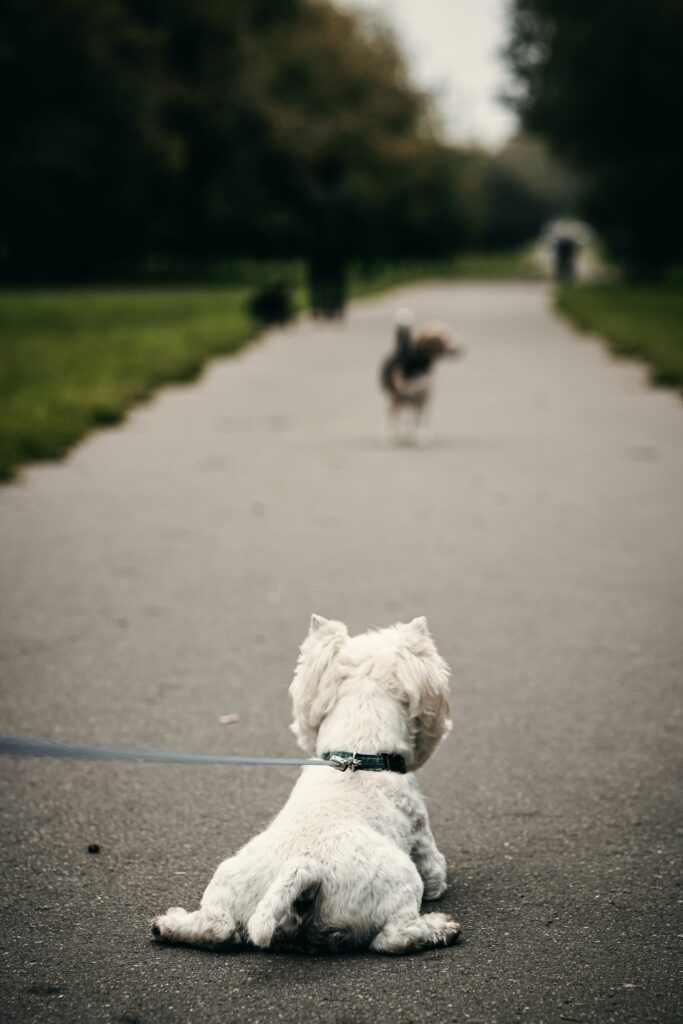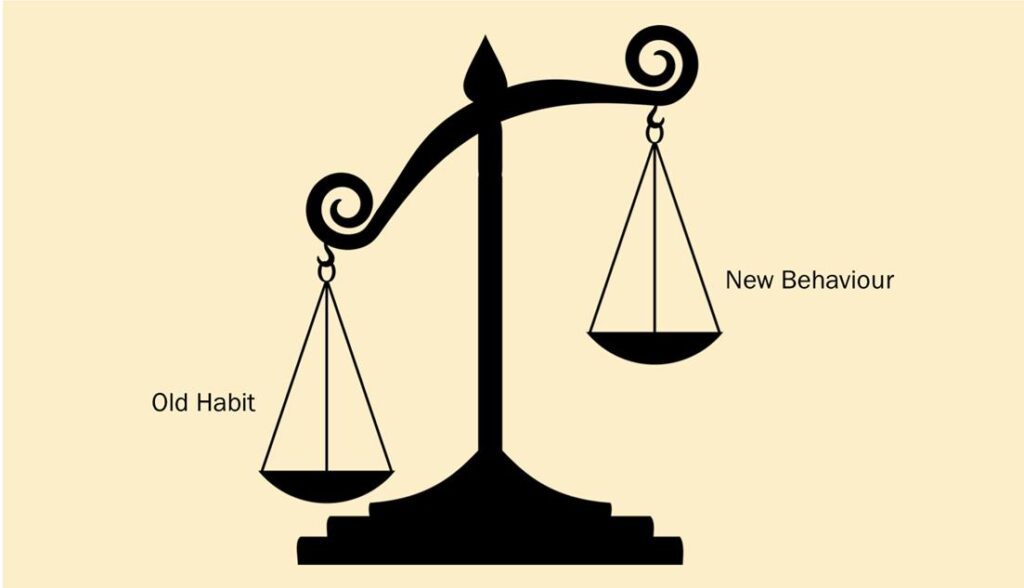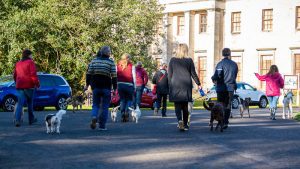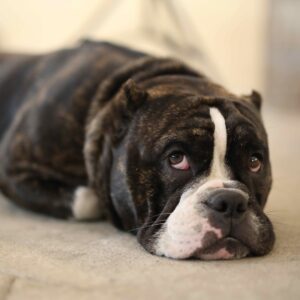Need help with Reactive Dog Behaviour? Join my FREE Facebook support group...
Rehabilitating a Reactive Dog
Rehabilitating a reactive dog can be a very rewarding, and challenging, experience. It’s also filled with uncertainties and frustrations. However with patience, understanding, and consistent training, you can be part of your dogs remarkable transformation.
In this blog, I will talk about the different stages of rehabilitating a reactive dog, from the chaotic beginning to the habit-forming end. Rehabilitating a reactive dog is a rollercoaster, at times, here’s what to expect…
Getting Started: Chaotic Beginnings
Embarking on the journey of rehabilitating a reactive dog can feel chaotic initially as both you and your dog have different goals. Reactive behaviour doesn’t have to make sense, and once triggered, your dog is in fight and flight mode. Basically, he is trying to stay alive, whilst you know he is safe and just trying to keep him calm. Survival is a powerful need, and he doesn’t know what you know. So you start by maintaining a very safe distance from triggers and working from there.
This stage requires a lot of patience and perseverance as neither of you knows what you are doing. You are learning together. Plus, your dog is in no rush to stop protecting himself from a perceived threat (no matter how much you tell him it’s ok), so it won’t go right every time. Just keep going. If you are only rewarding calm behaviour and staying at maximum possible distance it’ll come together.

Stage Two: Starting to Get It
As your reactive dog begins to understand the training, you will feel a small shift in his behaviour. At this stage he is finding you a little more predictable and is starting to anticipate what is coming next. So you can start to creep closer to triggers now.
He won’t always get it right though, and neither will you. He is constantly fighting the urge to go back to his preferred behaviour. It worked well so it won’t take much to knock him off course. He still needs you to put in the hard word. Be ready, be aware of your space, and be prepared to help him past each trigger successfully.
Almost anything can affect his progress at this early stage – even needing a pee, or feeling hot or tired can make your dog more reactive. It’s not just about him either. When you are not ready, or if you are grumpy, or rushing things, that will all affect his success too!
This stage comes with plenty of ups and downs, and it can be frustrating. But keep going, good stuff is happening! Your dog is just starting to find you predictable and consistent and is responding to that. He needs you to keep being consistent, and keep a fair distance, so he can successfully resist the urge to go back to his old ways.
Stage Three: Polishing the Training
In this stage, you and your dog will start working together in much greater harmony. Your dog is gaining confidence and he knows what to do. The consistency and effort you have put into training are paying off and you are getting more wins than ever. Yippee!
But, you are in the danger zone! Many people quit now, thinking they have won, but you must keep going a little longer.
It’s not time to back off just yet, you must continue with the same determination as ever. Your dog hasn’t forgotten how rewarding those old behaviors felt and could still revert to old habits. When this happens, you’ll feel like the training didn’t work in the end and lose hope.
Instead, refresh your memory of the plan, and restart training with maximum effort. You’re so nearly there…

The Habit-Forming Stage: The Scales Tip
Finally, you are entering the stage where the new, desired behavior becomes the preferred choice for your dog. This is the habit forming stage.
If you kept going through the last phase, and his behaviour has been consistently good for a few weeks now, the scales are tipping.
You are now putting in very little effort, and he is often taking the initiative himself to do what you want. He is more relaxed, more predictable, and consistently getting it right, even in difficult situations. It is during this phase that his old behaviour becomes a distant memory and the transformation becomes permanent, and you can finally relax and celebrate the progress you have made together.
Moving Forward…
Once a habit is formed it takes quite a bit of effort to change it again. It’s taken you weeks to get to this stage, so you know how hard that is. So you know how much harder it will be to go back to old ways. But, it’s not impossible.
So, try not to relax completely. Remember that his original, reactive behaviour, made him feel safe, and that’s a powerful feeling. So, moving forward, try to encourage and praise his new, calm responses, as often as you can.
Did you quit too soon?
If you did quit too soon, just start again. You know what to expect now!
Check out my free reactive behaviour support group on Facebook for tips and support, every little help to keep you going when things get tough.
By simplifying training, maintaining consistency, and understanding the importance of patience, you can witness the transformation of your reactive dog. Remember, this journey requires dedication and perseverance, but it’s so worthwhile.
How do your experiences compare?
Are you struggling with your dogs reactive behaviour?
Private Dog Behaviour Consultations are currently available in the greater Dundee area. If you are looking for help solving your dogs behaviour and training problems, then please get in touch!
Also, check out my online guided programs and courses,


